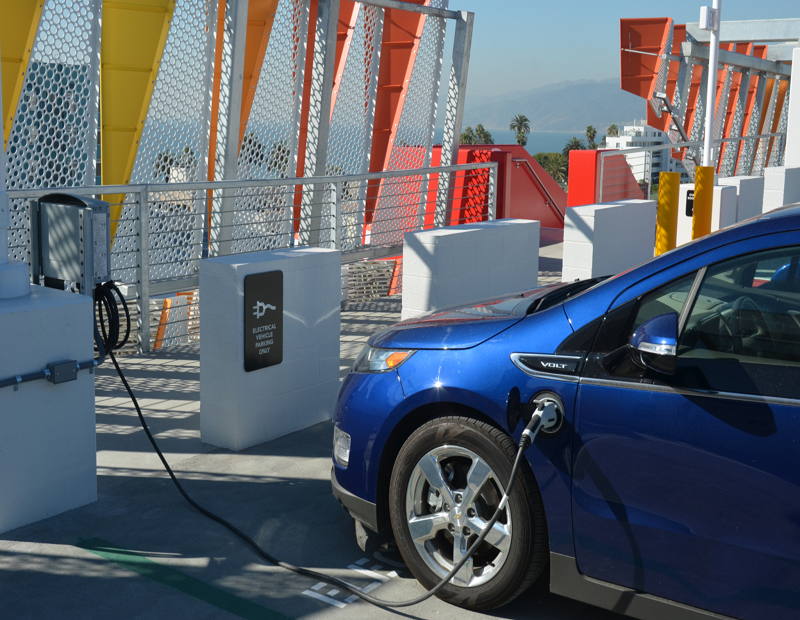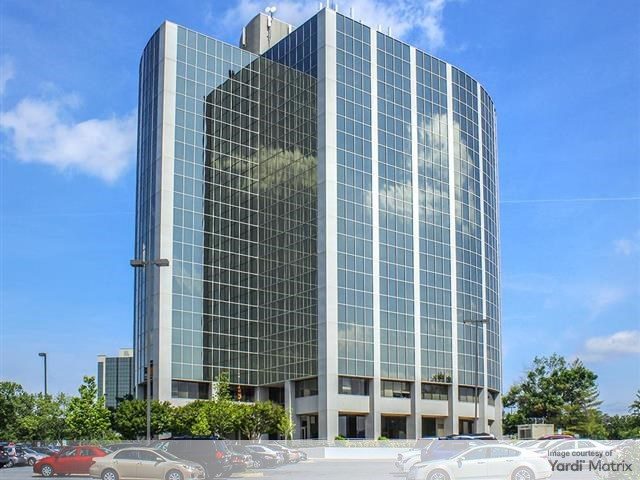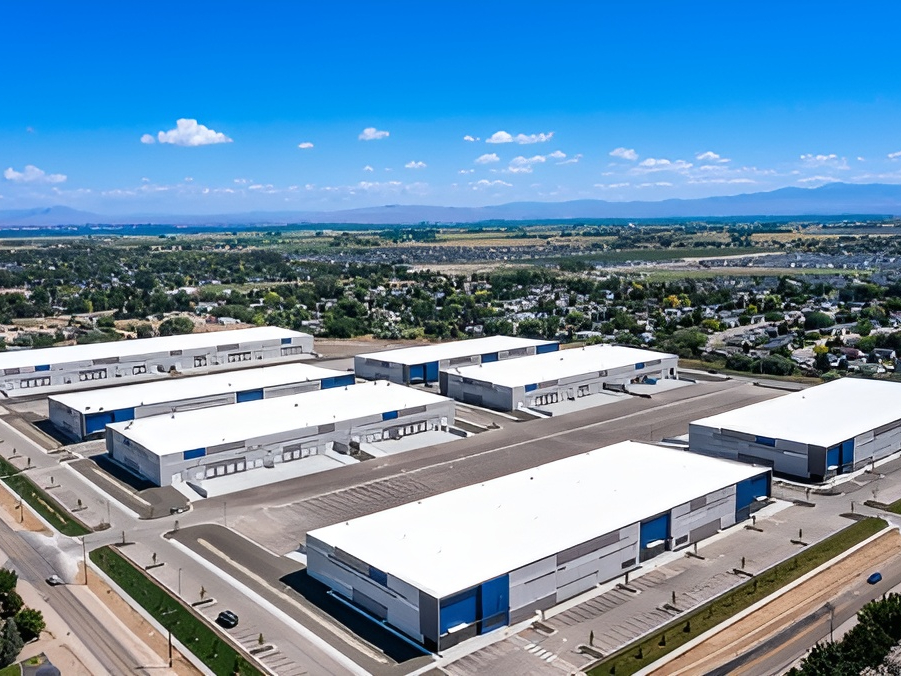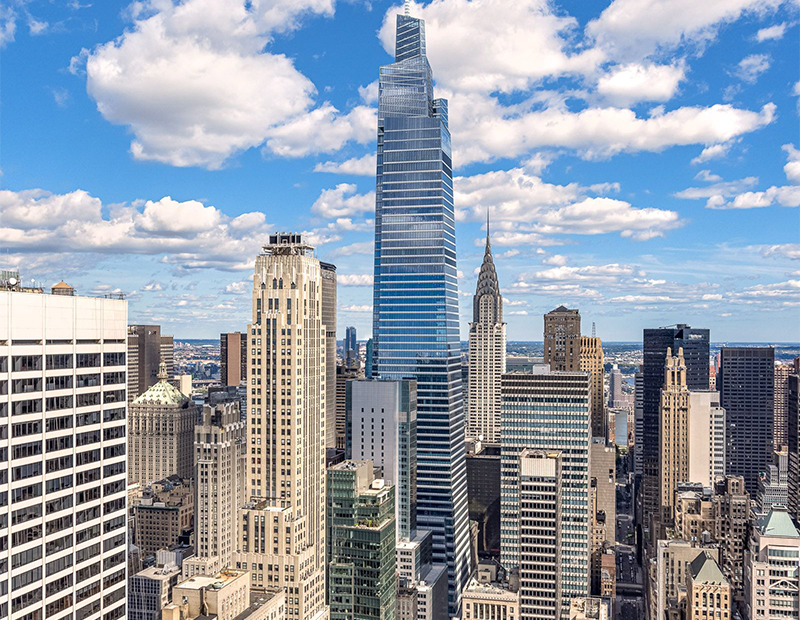This Year’s Model: Key Standard Advances
The 2021 edition of a widely used model code covers new areas as well as fine-tuning existing standards.

The new model code provides guidelines for lighting, heat, water and other energy-related operations. Image courtesy of Zane Lee on Unsplash
One of the most influential documents for energy practices is on track for its next upgrade. The International Energy Conservation Code, widely used by public agencies as a model for building performance, has been received approval from state and local government representatives, paving the way for adoption stakeholders.
The IECC will produce projects approximately 10 percent more efficient than those built under the 2018 version, estimates Eric Makela, director of codes at the New Buildings Institute, part of the coalition of organizations that developed the code. The 2021 update will be published by the International Code Council in 2020. The next major step, adoption by individual cities and states, will likely unfold next year at the earliest.
Public officials, engineers and others who consult the code will find a major new addition that addresses a major trend in building operations: the emergence of electric vehicles and the need to accommodate them through charging stations and other steps. “Our buildings will be providing the electricity to these vehicles, and we have to find a place to deal with that,” said Kim Cheslak, the New Buildings Institute’s associate director of codes and policy at New Buildings Institute. “To my knowledge it’s not being regulated anywhere else, (so) the voters to the IECC decided to deal with it here.”
State and local officials will also find guidelines for net zero energy performance. Also included in the 2021 edition are updates that will help operators fine-tune standards on a variety of fronts, ranging from lighting and mechanical equipment to ventilation. “There hasn’t been a monumental shift,” said Cheslak. “It’s a new book but covers the same stuff.”
Once tailored to local needs and approved, the codes carry the force of law. “Essentially, you can’t legally build a building without complying with the provisions of the building code or energy code, as the case may be,” Makela said. The IECC is in use or adopted in 48 states, Washington, D.C., Puerto Rico and the U.S. Virgin Islands.
States begin adopting the updated code upon its publication, said Nate Loewentheil, senior associate with Washington, D.C.-based Camber Creek, a venture capital firm focused on real estate technology. That exercise adds time to the process. “States still go through an extensive rulemaking process [giving] the public and industry an opportunity to weigh in with concerns and proposed amendments. So the process tends to drag out.”
The IECC applies to both ground-up projects and renovations, noted Kim Cheslak, NBI’s associate director of codes and policy. In retrofits, the code only applies to renovated elements. “If you’re doing a lighting retrofit, all the code requirements applying to lighting would apply to you,” she said. “[The code] won’t make you do something if you had no intention of renovating that aspect of your building.”
Efficiency measures
The code’s objectives are reducing buildings’ energy needs across the board: heating, cooling, lighting and office equipment, Makela said. Areas addressed include:
- Building envelope: Insulation levels, window performance and sealing.
- HVAC: Controls, equipment efficiency and commissioning to ensure systems are installed correctly.
- Water heating. Equipment efficiency and proper piping insulation.
- Lighting. Guidelines for maximum wattage, with the recognition that most lighting designers specify LED lighting for their projects. Automatic lighting controls such as occupancy sensors that turn off lights when not needed, and daylighting controls that adjust in response to the availability of natural lighting provided by windows or skylights.
Also covered: systems that turn off elevators, escalators and people movers when not in use; electric motor efficiency; and reduction in energy use of refrigeration systems.

The next version of the International Energy Efficiency Code will be the first to include guidelines for electric vehicles. (Image courtesy of Constance Farrell/city of Santa Monica, Calif.)
In addition, electric vehicles are regulated. “Our buildings will be providing the electricity to these vehicles; we have to find a place to deal with that,” Cheslak noted. “To my knowledge it’s not being regulated anywhere else. The voters to the IECC decided to deal with it here.”
IEPay Now or Pay Later
Higher upfront costs will be recouped through lower energy expenditures. The extent of the initial investment will depend on designers’ ability to leverage design and system tradeoffs, according to the guidelines.
For example, a more efficient building envelope could allow for downsizing the HVAC system. More efficient lighting will likewise generate less heat, reducing the cooling load and enabling reduction of the cooling system.
“The goal is to offset first costs of the building by reducing the size of the HVAC system and then to select the appropriate HVAC system at a lower tonnage and lower cost for the building that meets the needs of building occupants,” Makela said.
Added Cheslak: “We really need to stop allowing ourselves to get caught up in upfront costs. We invest in sprinkler systems because we’re concerned with long-term return, [which is] higher if your building doesn’t burn down.”







You must be logged in to post a comment.